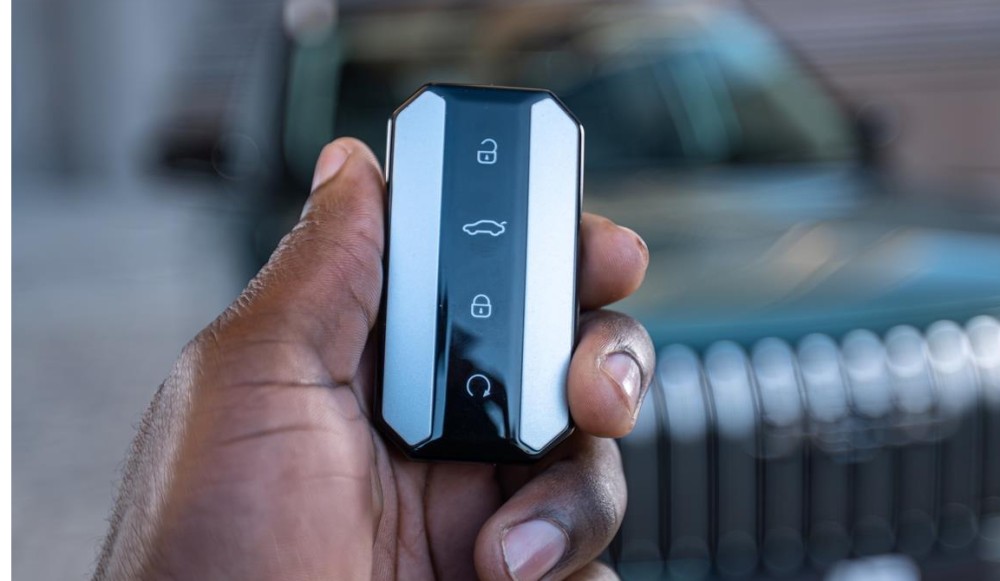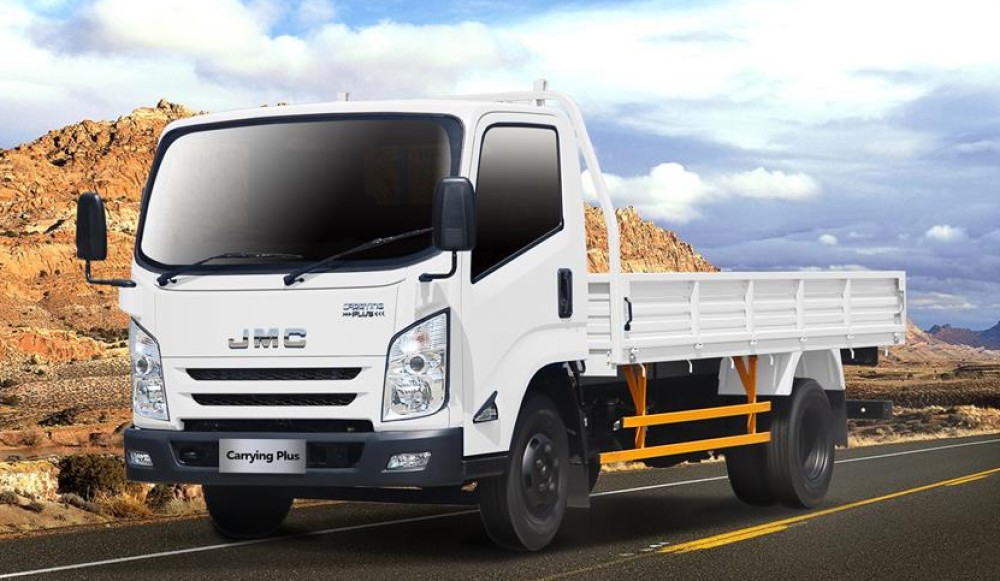As we move into 2025 the Volkswagen Polo will be celebrating its 50th birthday, this small but versatile car having become a staple in the lives of many drivers around the globe, offering a blend of reliability and style.
The Polo’s design has evolved over the years to incorporate modern aesthetics and cutting-edge technology and has seen numerous upgrades, each enhancing its appeal and functionality. The car’s compact form, combined with its robust build, has made it particularly popular in areas where navigating narrow streets and busy traffic is a daily challenge.
South Africa holds a special place in the Polo’s story, with local manufacturing playing a crucial role in its regional success. The Polo has managed to capture a diverse audience, from first-time car buyers to seasoned motorists. Its wide-ranging appeal and proven track record have solidified its status as a favourite in the compact car segment.
 Plenty to choose from in our large selection of pre-owned Volkswagen Polo models
Plenty to choose from in our large selection of pre-owned Volkswagen Polo models
The Polo's Early Years
Introduced in the 1970s, the Volkswagen Polo marked a significant milestone for the automaker as it ventured into the compact car market. At the time, there was a growing demand in Europe for smaller, more fuel-efficient vehicles. The Polo met these needs with its compact size and reliable engineering, quickly earning a positive reputation among drivers. Its practical design and robust performance made it a popular choice for those seeking an economical yet dependable car. The early models of the Polo featured straightforward styling and a focus on functionality, which resonated with consumers. This strong foundation set the stage for the Polo's enduring success and ongoing evolution over the decades.
The Evolution of the Polo Through the Decades
Over the years, the Volkswagen Polo has undergone significant changes, each iteration bringing new advancements in design and technology. The initial models featured a boxy design typical of the 1970s, but with each passing decade, the Polo’s look became sleeker and more aerodynamic. The 1980s saw the introduction of more rounded edges, while the 1990s brought enhanced safety features, including airbags and ABS brakes. By the 2000s, the Polo was incorporating cutting-edge technology, such as advanced infotainment systems and improved fuel efficiency.
The introduction of the Polo GTI added a sporty edge, appealing to those who sought performance without sacrificing the practicality of a compact car. Environmentally conscious versions, such as those with efficient TDI engines, showcased Volkswagen’s commitment to sustainability. These models offered lower emissions and better fuel economy, aligning with global shifts towards greener motoring.
Throughout its evolution, the Polo has managed to stay ahead of trends, adapting to changing consumer preferences and regulatory requirements. The addition of modern conveniences, like keyless entry and adaptive cruise control, has kept the Polo competitive in a crowded market. With each new model, Volkswagen has demonstrated an ability to innovate while retaining the core qualities that make the Polo a trusted choice for drivers worldwide.

Look ahead to great finance deals on your new car - click here
Polo Production in South Africa
Volkswagen's decision to produce the Polo in South Africa has significantly influenced the local automotive landscape. The local manufacturing of the Polo has provided South Africans with more accessible pricing and availability, making it a popular choice among consumers. The production facilities in Uitenhage (now Kariega) have become a hub of economic activity, generating numerous jobs and fostering a skilled workforce in the region.
The manufacturing process in South Africa adheres to Volkswagen's global standards, ensuring that locally produced Polos match the quality of those made in other parts of the world. This has bolstered consumer confidence in the brand and contributed to the Polo's robust sales figures in the country. Additionally, local production has allowed Volkswagen to tailor specific models, like the Polo Vivo, to better meet the needs and preferences of South African drivers.
The economic impact extends beyond the factory floor, with local suppliers and ancillary industries benefiting from Volkswagen's presence. This ecosystem of related businesses has further cemented the Polo's place in the South African market. The success of Polo production in South Africa serves as a testament to the strategic importance of regional manufacturing in meeting both local and global demand.
The Popularity of the Polo in South Africa
In South Africa, the Polo has achieved a cultural significance that few cars can claim. Its adaptability to local conditions and consumer needs has contributed greatly to its success. A notable mention is the Polo Vivo, a model tailored for the South African market, which consistently ranks as the top-selling passenger car in the country. This model's popularity underscores the Polo's strong foothold in the region. Factors such as affordability, durability, and a strong dealership network have ensured its dominance in the market.
Affordability is a key factor in the Polo's popularity. By manufacturing the car locally, Volkswagen has managed to keep prices competitive, making the Polo an accessible option for a wide range of consumers. Durability is another important aspect; the Polo is known for its robust build, which stands up well to the varied road conditions found across South Africa.
The extensive dealership network has also played a crucial role. With numerous service centres and dealerships spread throughout the country, obtaining parts and servicing is convenient for Polo owners. This support network adds to the car's appeal, providing peace of mind to buyers. The Polo’s blend of practical features and local adaptability continues to endear it to South African drivers.

For the best insurance deal click here
The Polo's Impact on a Global Scale
The Volkswagen Polo has significantly influenced Volkswagen's global reputation, positioning itself as a cornerstone of the brand's success. Renowned for its blend of reliability, style, and innovative features, the Polo has captured the hearts of drivers worldwide. Its versatility and broad appeal have made it a popular choice across different markets, from Europe to Asia and beyond.
As a compact car, the Polo offers the perfect balance of size and performance, making it an ideal option for urban environments and long-distance travel alike. This adaptability has helped Volkswagen reach a diverse range of customers, cementing the Polo as a trusted vehicle in the compact car segment.
Moreover, the Polo's consistent updates and advancements have kept it competitive, showcasing Volkswagen's commitment to quality and innovation. By introducing features like advanced infotainment systems and eco-friendly engine options, the Polo has continually met the evolving needs of modern drivers.
In essence, the Polo has not only contributed to Volkswagen's market success but has also helped shape consumer perceptions of the brand. Its enduring popularity underscores the Polo's significant role in Volkswagen's global strategy.
The Future Prospects of the Volkswagen Polo
As the automotive industry embraces a shift towards electric and sustainable vehicles, the Volkswagen Polo is set to evolve accordingly. Future models are likely to include electric or hybrid versions, aligning with global trends towards environmentally friendly driving. Volkswagen has already demonstrated a commitment to greener technologies, and the Polo will undoubtedly reflect this direction.
Anticipated updates for the Polo may also include advanced safety features and improved autonomous driving capabilities. These enhancements aim to provide a safer, more convenient driving experience, meeting the rising consumer expectations for modern cars. Additionally, connectivity features are expected to see significant advancements, integrating seamlessly with smart devices and offering enhanced infotainment options.
The push towards more sustainable motoring means that the Polo will not only become greener but also more efficient. Innovations in battery technology and energy management systems will likely feature in upcoming models, making the Polo a viable option for those looking to reduce their carbon footprint without compromising on performance.
Moreover, Volkswagen's strategy to maintain competitive pricing will continue, ensuring that the Polo remains an accessible choice for a broad spectrum of consumers. As urban mobility trends evolve, the Polo's compact yet versatile nature will continue to make it a fitting choice for city driving and beyond.

Our Finance Calculator will get you on the right track
Final Thoughts
The Volkswagen Polo’s history is a testament to its enduring appeal and adaptability. Since its introduction in the 1970s, the Polo has consistently evolved to meet the changing demands of drivers around the world. Its compact design, reliable performance, and ability to incorporate modern technologies have kept it relevant through decades of automotive advancements.
In South Africa, the Polo has become more than just a car; it is a significant part of the local automotive industry. Local production has made the Polo an accessible and popular choice for many South Africans, contributing to the economy and providing jobs.
Globally, the Polo's reputation for quality and innovation has cemented its status as a cornerstone of Volkswagen’s brand. Looking ahead, the Polo is poised to embrace the future of motoring, with potential advancements in electric and hybrid technology, enhanced safety features, and greater connectivity.
As it celebrates its 50th anniversary, the Polo remains a symbol of Volkswagen’s commitment to excellence, promising to continue its legacy of innovation and reliability for many years to come.
Colin Windell for Colin-on-Cars in association with
proudly ALL THINGS MOTORING








